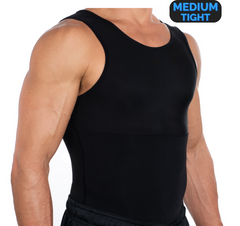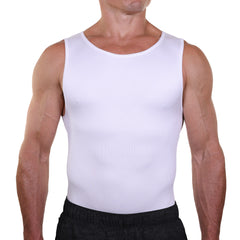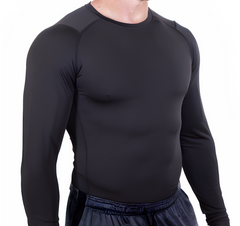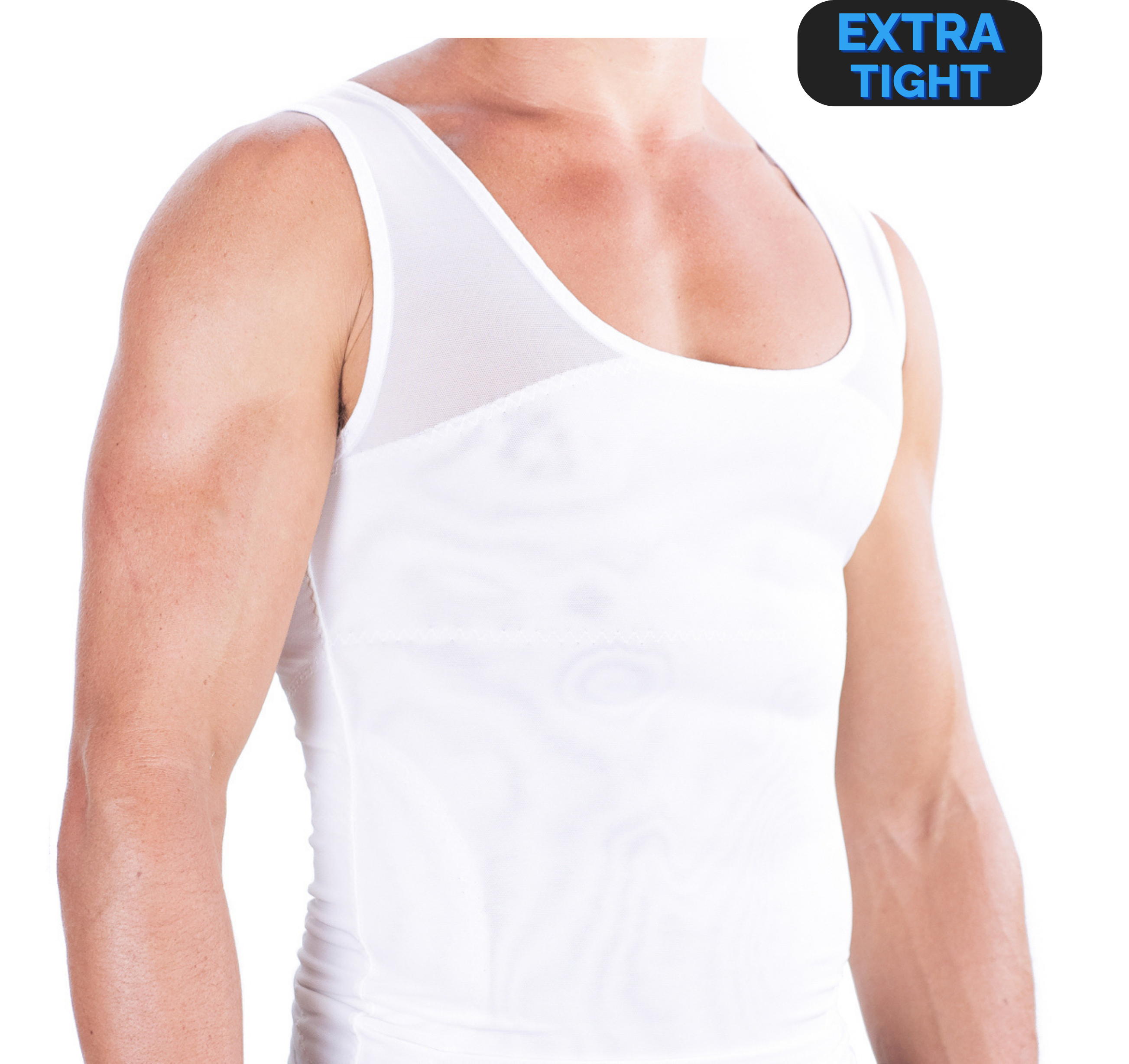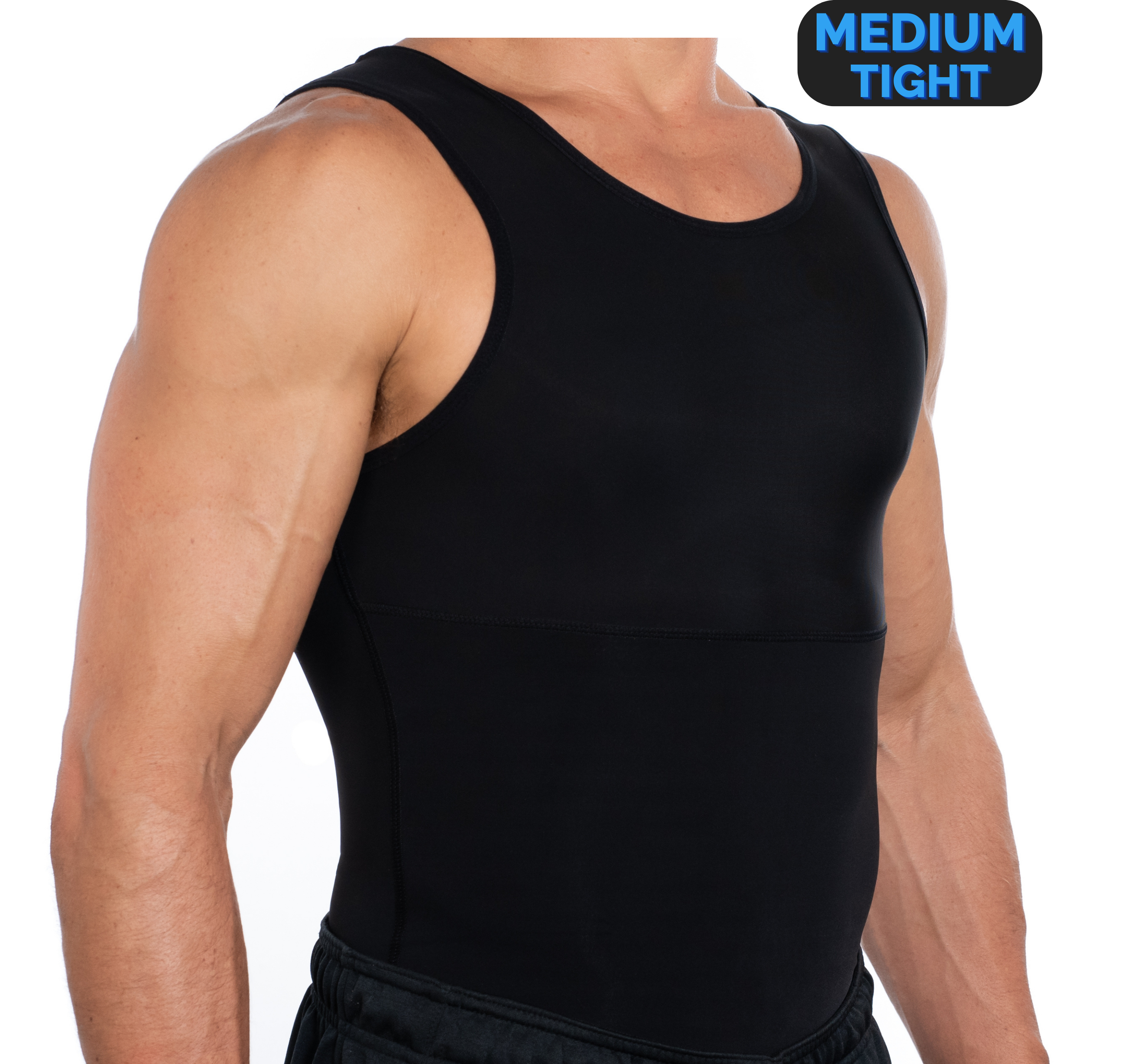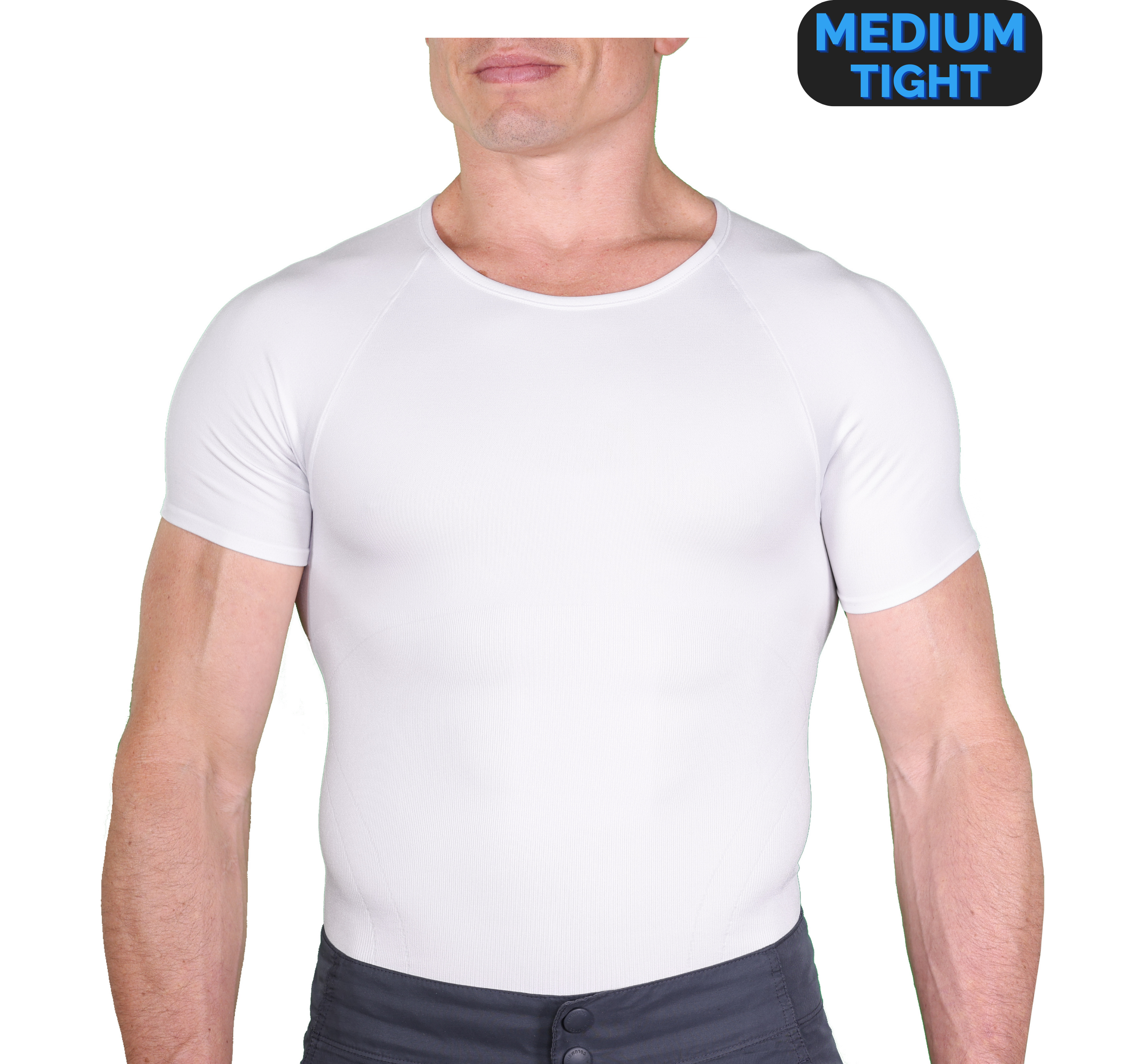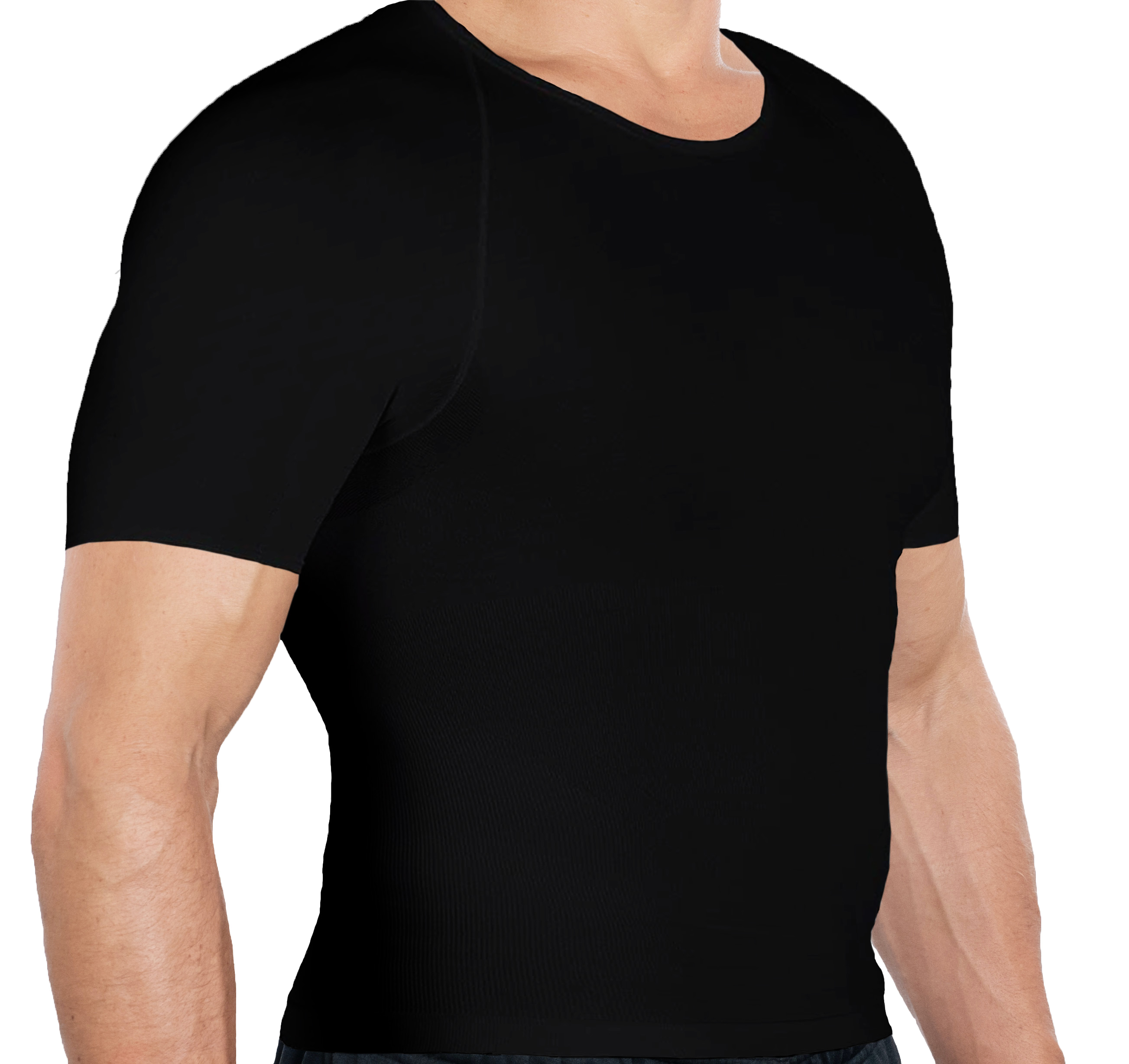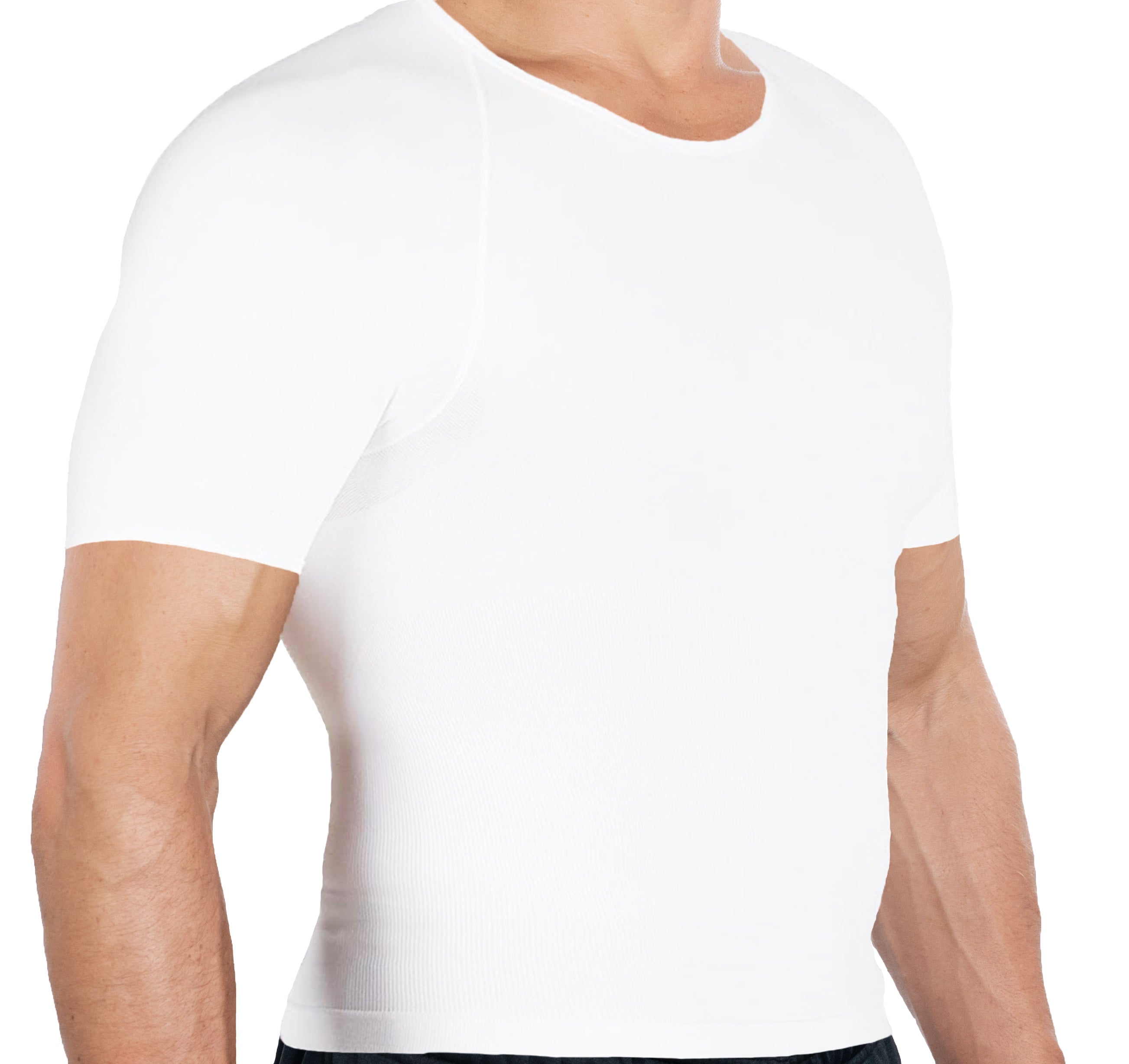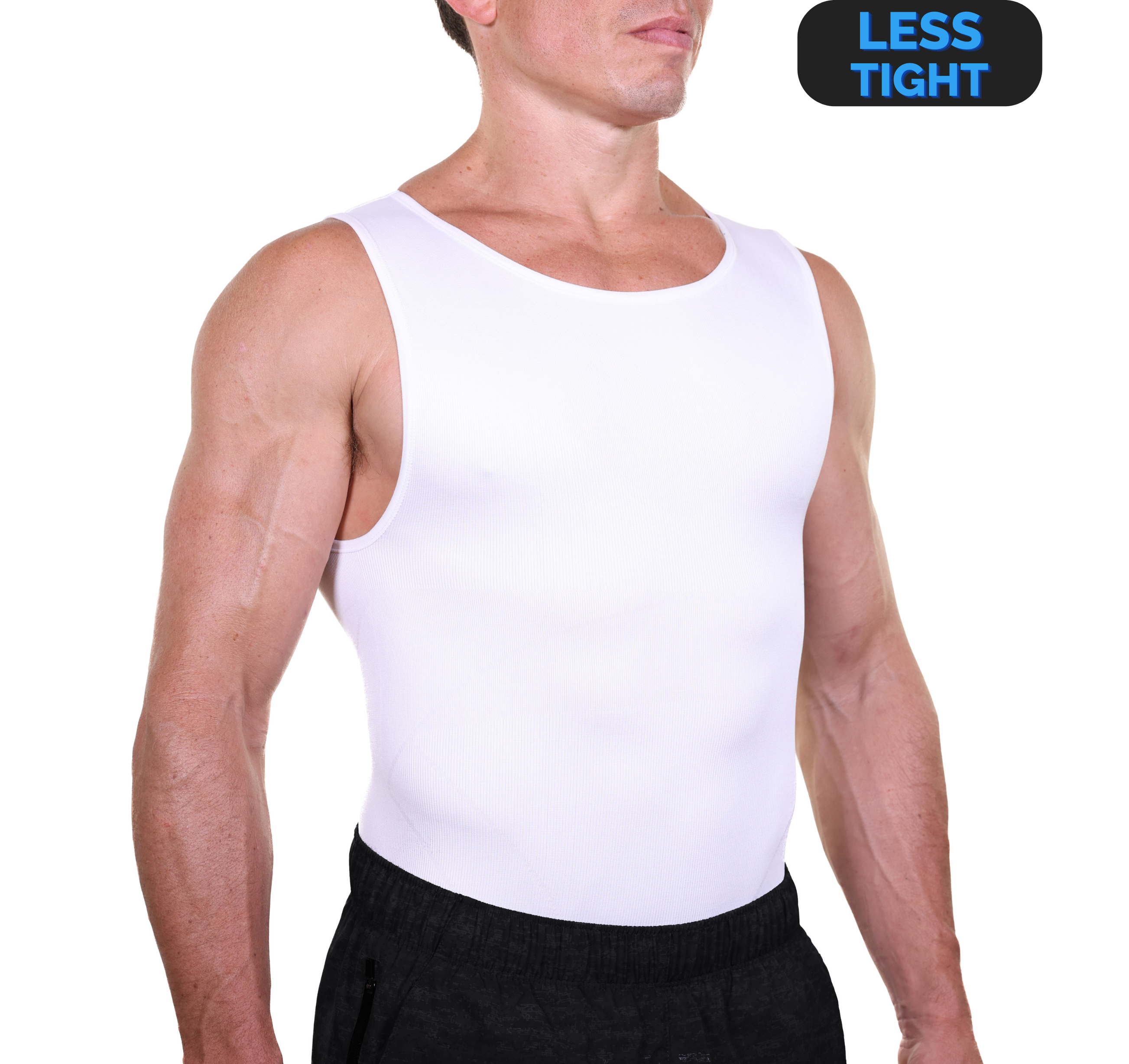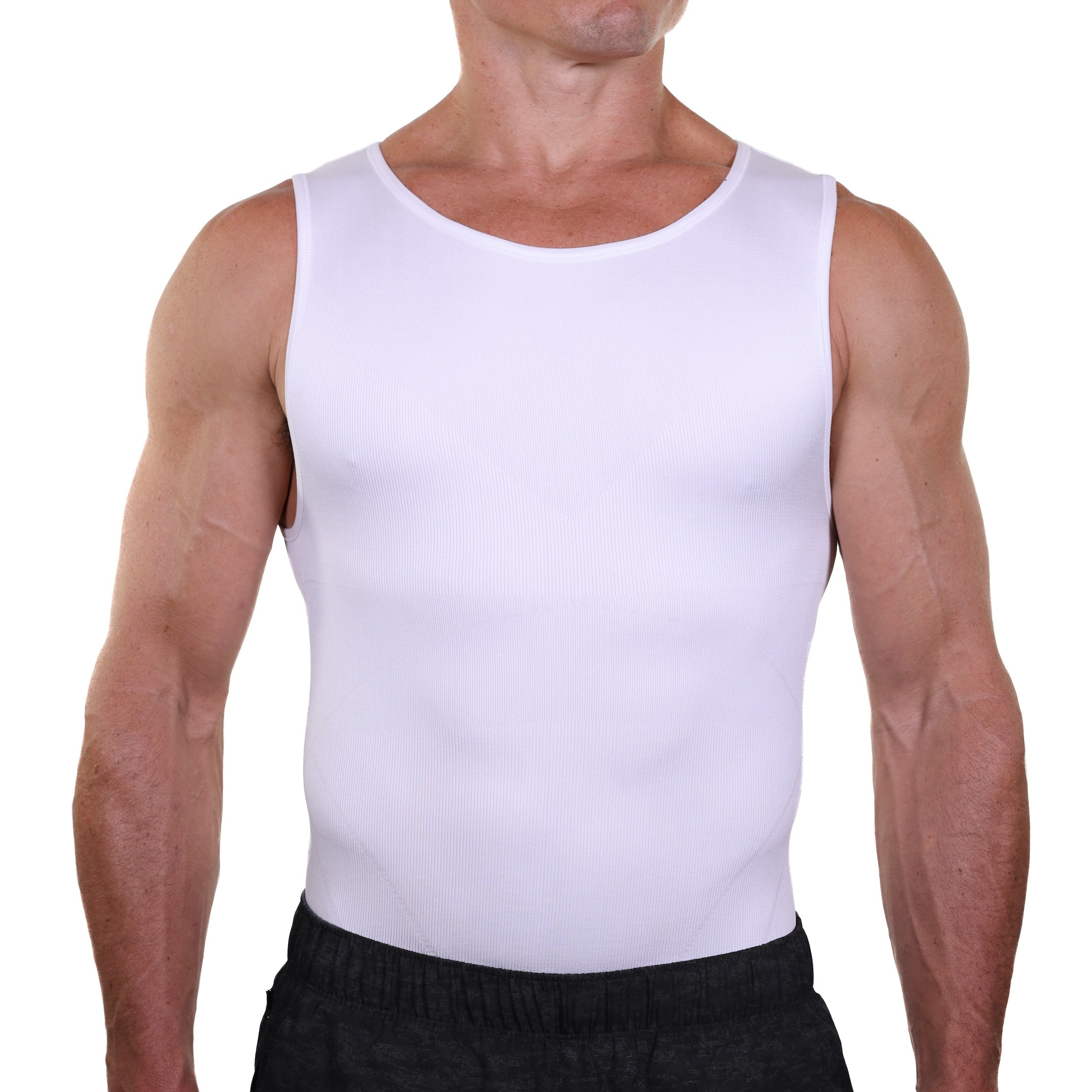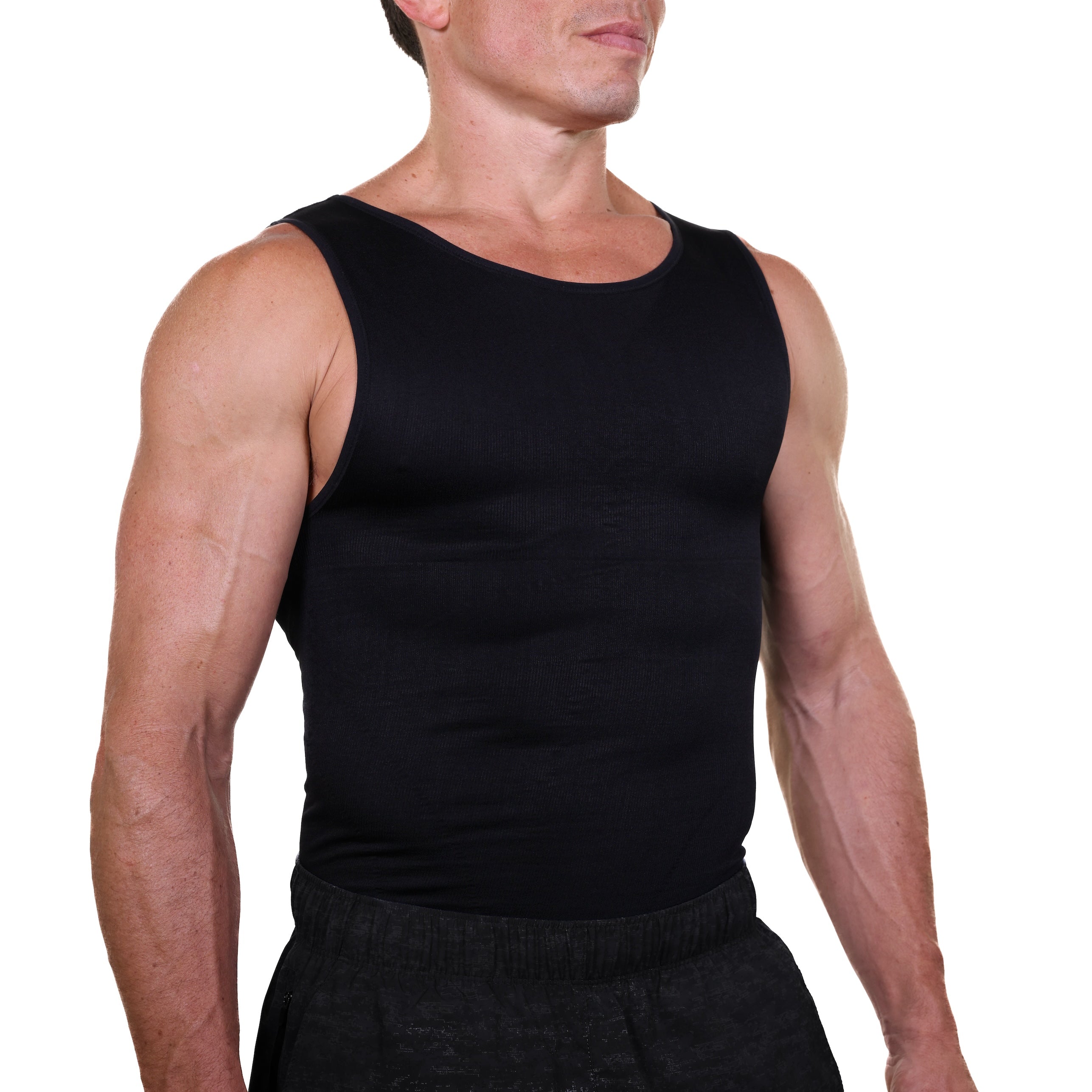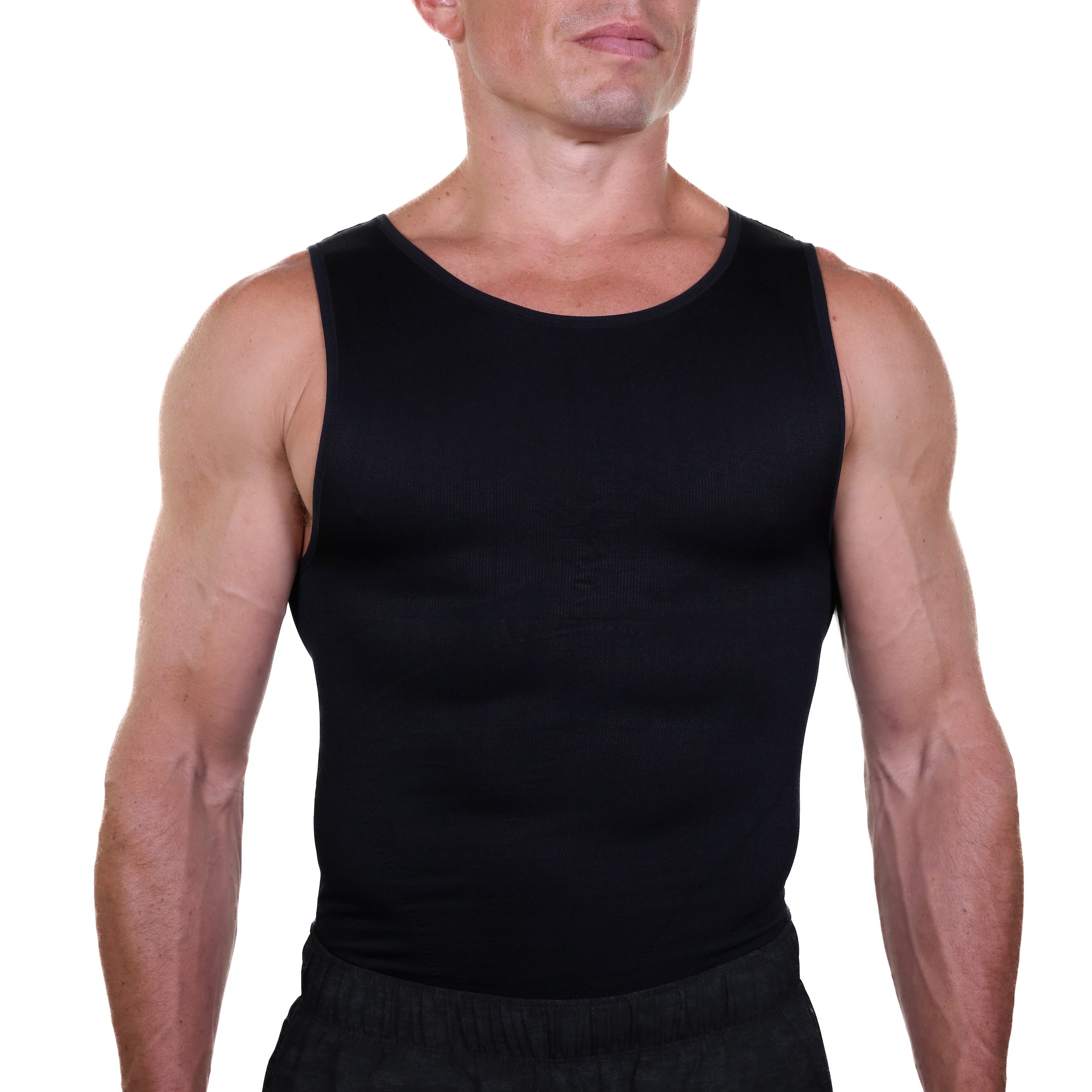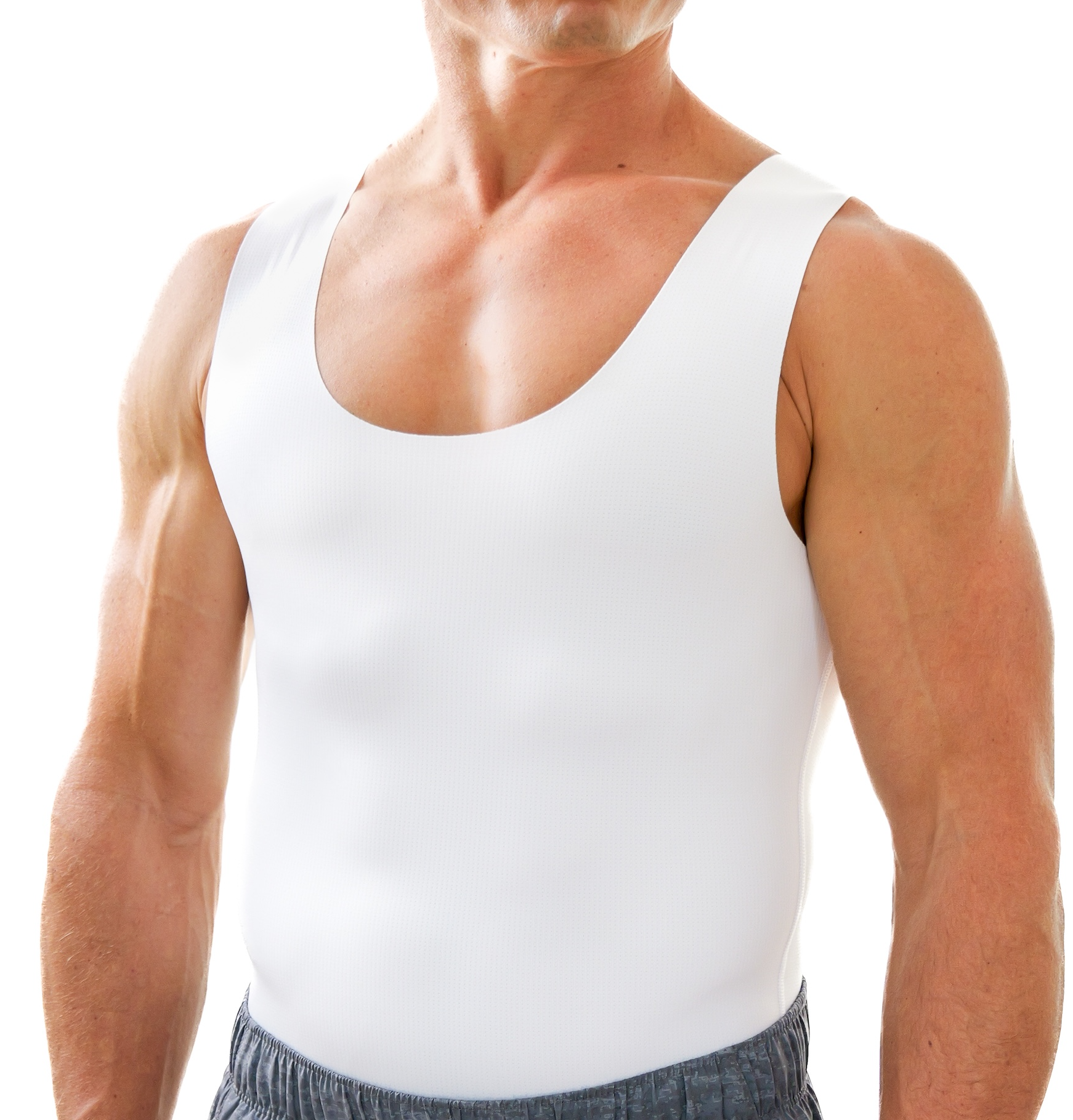Lymphedema is a condition that causes swelling due to fluid buildup, most commonly affecting the arms and legs.
Managing this condition requires a combination of treatments, one of which is compression therapy. Compression shirts are a key tool for individuals with upper-body lymphedema, as they provide targeted pressure that aids in fluid drainage, improves circulation, and offers comfort, even on the go.
But how exactly do compression shirts help, and what should you consider when choosing one? Let’s explore the benefits and best practices for using compression wear for post-surgery, plus shirts to manage lymphedema effectively.
What is Lymphedema?
Lymphedema is a chronic condition that occurs when the lymphatic system is unable to drain excess fluid efficiently. This leads to swelling, discomfort, and, in some cases, skin infections or mobility issues. There are two main types of lymphedema:
- Primary Lymphedema – A rare inherited condition caused by abnormalities in the lymphatic system.
- Secondary Lymphedema – More common and typically caused by damage to the lymph nodes due to cancer treatment, surgery, or injury.
While lymphedema can be managed, there is currently no cure. Compression garments, including compression shirts, play an essential role in symptom control and maintaining quality of life.
What Are Compression Shirts?
Compression shirts are specially designed garments that apply gentle but firm pressure to specific areas of the body. Similar to a best-selling body shaper, they are often used to support muscle recovery, improve posture, and enhance circulation. For individuals with lymphedema, compression shirts help manage swelling by preventing the accumulation of lymphatic fluid and encouraging its natural drainage.
Compression shirts come in various styles, materials, and compression levels, making it important to select one that meets your medical and comfort needs.
Benefits of Compression Shirts for Lymphedema
Reducing Swelling
One of the primary functions of a compression shirt is to reduce swelling by applying external pressure to affected areas. This pressure encourages lymphatic fluid to flow more efficiently, preventing it from pooling and causing discomfort. Wearing a compression shirt regularly can help keep swelling under control and make everyday activities more manageable.
Improving Blood and Lymphatic Circulation
Compression shirts promote better circulation by stimulating the movement of lymph fluid back toward the heart. This prevents blockages and helps the body naturally process and eliminate excess fluid. Improved circulation also reduces the risk of complications like infections and skin issues that can arise due to stagnant fluid buildup.
Providing Comfort and Long-term Support
Beyond medical benefits, compression shirts offer significant comfort and support for individuals with lymphedema. Many are designed with soft, breathable fabrics that provide all-day wearability. The added support around the chest and arms can also help relieve discomfort and improve mobility.
How to Choose the Right Compression Shirt for Lymphedema
Proper Fit and Sizing
Selecting the right size is crucial when choosing a compression shirt. A garment that is too tight may restrict circulation and cause discomfort, while a loose-fitting one won’t provide the necessary compression benefits. It’s important to:
- Measure your chest, arms, and torso according to the manufacturer’s sizing guide.
- Choose a compression level that matches your condition's severity.
- Try on different styles to find a comfortable yet effective fit.
Materials to Look For
Not all compression shirts are created equal. The material plays a significant role in comfort and effectiveness. Look for:
- Breathable fabrics like cotton blends or moisture-wicking materials to prevent overheating.
- Seamless designs to reduce irritation, especially if you have sensitive skin.
- Stretchable yet firm material that maintains compression throughout the day.
Consulting with a Healthcare Professional

Before purchasing a compression shirt, it’s wise to consult a doctor or lymphedema specialist. They can provide recommendations on:
- The correct compression level.
- How often to wear the shirt.
- Additional treatments that may complement compression therapy.
When to Consider Compression Shirts for Lymphedema
Early Stages of Lymphedema
Wearing a compression shirt early in the development of lymphedema can help manage symptoms before they worsen. If you notice mild swelling or discomfort, starting compression therapy early may prevent further complications.
Post-Surgery or Treatment
Many individuals experience lymphedema after surgery or cancer treatment, particularly following lymph node removal or radiation therapy. Compression shirts provide essential post-surgical support, helping to prevent excessive swelling and aiding in recovery.
Are There Any Risks or Side Effects of Compression Shirts?
While compression shirts are generally safe, improper use can lead to some side effects. It’s important to be aware of potential risks and take preventive measures.
Skin Irritation or Discomfort
If a compression shirt is too tight or made from non-breathable materials, it can cause:
- Skin irritation or rashes due to trapped sweat or friction.
- Redness or discomfort from excessive pressure.
To prevent these issues, ensure your compression shirt is made from soft, hypoallergenic fabric and that you remove it periodically to allow your skin to breathe.
Importance of Monitoring Skin and Condition
Lymphedema patients should regularly check their skin for changes. If you notice:
- Increased swelling despite wearing the shirt.
- Discoloration, numbness, or pain in the compressed area.
- Difficulty putting on or removing the garment.
These may be signs that the shirt is not fitting correctly or that an adjustment is needed. Always discuss persistent concerns with a healthcare provider.
Final Thoughts
Compression shirts are an effective tool for managing lymphedema, helping to reduce swelling, improve circulation, and provide long-term comfort.
However, choosing the right fit, material, and compression level is key to maximizing benefits. Always consult with a healthcare professional before starting compression therapy, and monitor your condition regularly to ensure optimal results.
By incorporating compression shirts into your daily routine, you can enhance your quality of life and take control of your lymphedema symptoms.




